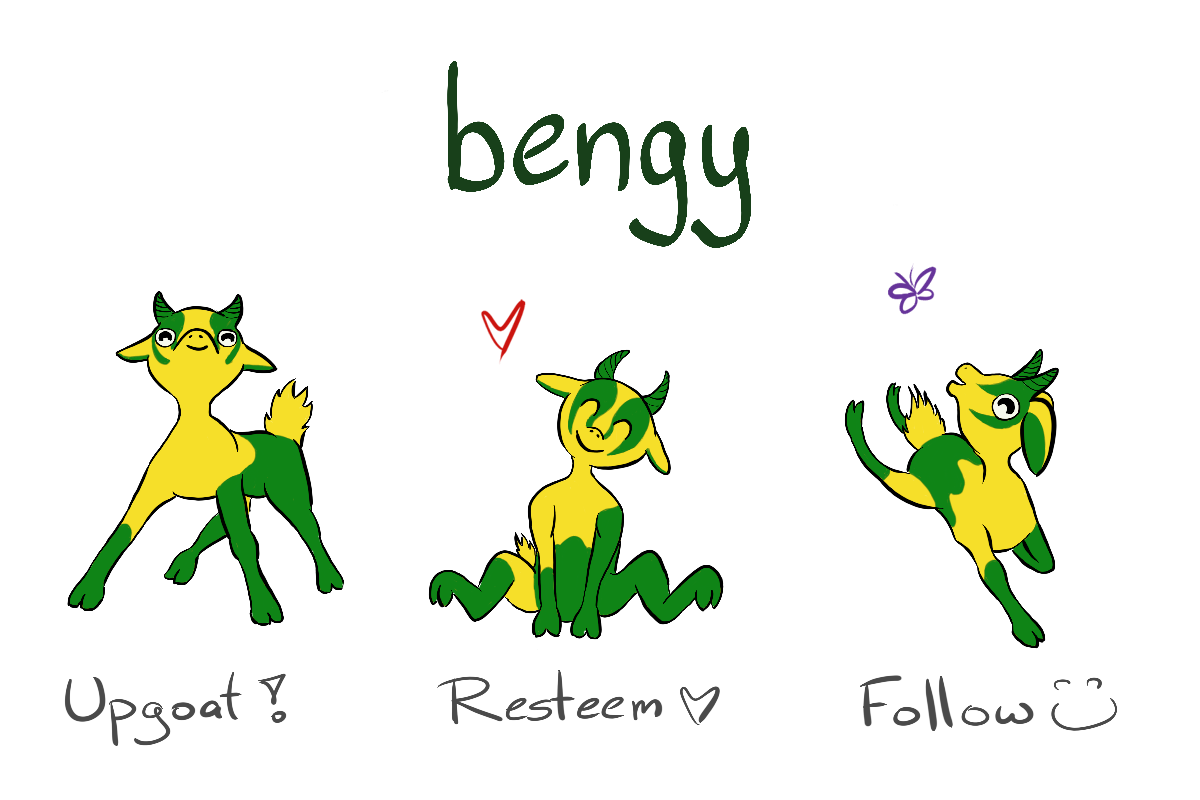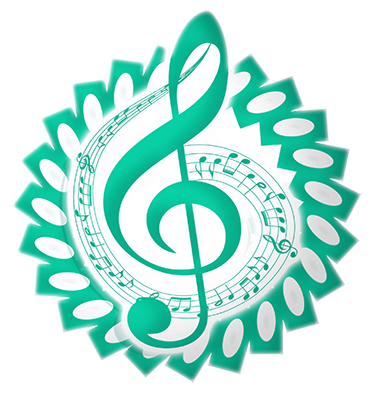Astor Piazzolla (1921-1992) was an Argentine composer of tango music and Classical music inspired by Argentinian tango music. He lived and died in Argentina, but did a good deal of his formative studies in Paris, and it was his mission to bring the Argentinian tango out from the bordellos and dance halls of his home country and into the concert halls. His contribution to the development of tango was to evolve his own style, "neuvo tango", by borrowing elements of jazz.
This particular piece, Histoire du Tango, charts some of the developments of the tango It consists of 4 "movements" which were described by Piazzolla himself in the program notes to the CD "Songs and Dances of the Americas", recorded by Bonita Boyd (flute) and Nicholas Goluses (Guitar):
Bordello, 1900: The tango originated in Buenos Aires in 1882. It was first played on the guitar and flute. Arrangements then came to include the piano, and later, the concertina. This music is full of grace and liveliness. It paints a picture of the good natured chatter of the French, Italian, and Spanish women who peopled those bordellos as they teased the policemen, thieves, sailors, and riffraff who came to see them. This is a high-spirited tango.
Cafe, 1930: This is another age of the tango. People stopped dancing it as they did in 1900, preferring instead simply to listen to it. It became more musical, and more romantic. This tango has undergone total transformation: the movements are slower, with new and often melancholy harmonies. Tango orchestras come to consist of two violins, two concertinas, a piano, and a bass. The tango is sometimes sung as well.
Night Club, 1960: This is a time of rapidly expanding international exchange, and the tango evolves again as Brazil and Argentina come together in Buenos Aires. The bossa nova and the new tango are moving to the same beat. Audiences rush to the night clubs to listen earnestly to the new tango. This marks a revolution and a profound alteration in some of the original tango forms.
Concert d'Aujourd'hui: Certain concepts in tango music become intertwined with modern music. Bartok, Stravinsky, and other composers reminisce to the tune of tango music. This [is] today’s tango, and the tango of the future as well.
The movement that I present to you today is the Cafe 1930, which is my favourite of the set. However, I have to say it is a difficult choice between all of them, they are all really great to listen to.

The Performers
This is a band that was led by Gidon Kremer, who released two (when I last checked) CDs of Piazzolla's music with his own tango ensemble. It was these CDs that introduced me to the beauty of Piazzolla's work and it was a regular inhabitant in my CD trays whilst I was doing my university studies!
I prefer the greater range of instruments of the enesemble that Kremer has brought to the compositions, I really think it makes a huge difference to the listening experience. I've heard the duo versions before, and I'm often left somewhat disappointed, although that could be because my first experience with these pieces were with a larger ensemble!
I never had the courage to play these pieces, they are really of a different style than I'm used to, but I really do enjoy listening to them!

Previous Curating Music History posts
Last movement from Violin sonata 2 (Prokofiev)
Young Person's Guide to the Orchestra (Britten)
'Sonata in d minor for violin and continuo" (Elisabeth Jacquet de la Guerre)
'Sonata duodecima' for Violin and Continuo(Isabella Leonarda)
Chaconne from Le Bourgeois Gentilhomme (Lully)
Upgoats by ryivhnn
Account banner by jimramones
The classical music community at #classical-music and Discord. Follow our community accounts @classical-music and @classical-radio. Community Logo by ivan.atman

Join us @steemitbloggers
Animation By @zord189

Posted from my blog with SteemPress : http://www.gamerjokerbreadder.com/2018/08/03/curating-music-history-histoire-du-tango-cafe-1930-piazzolla/




